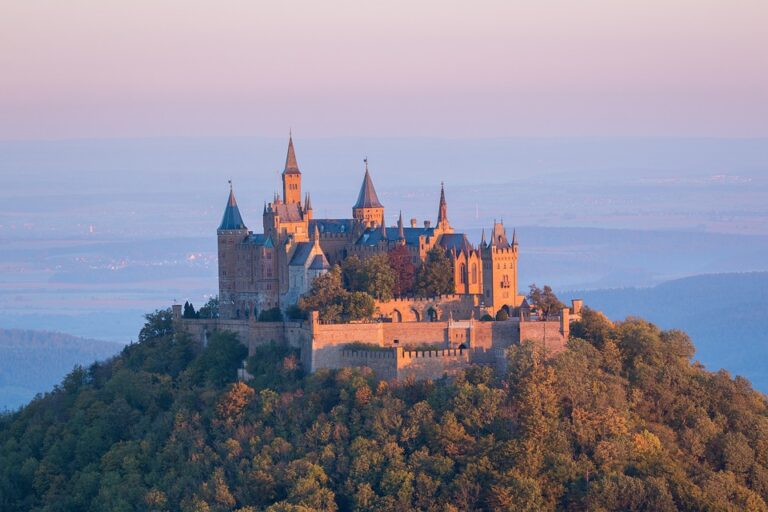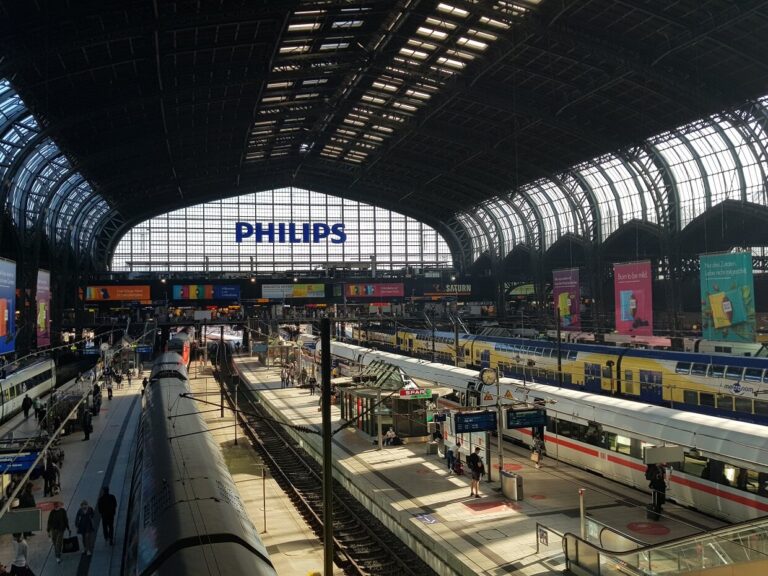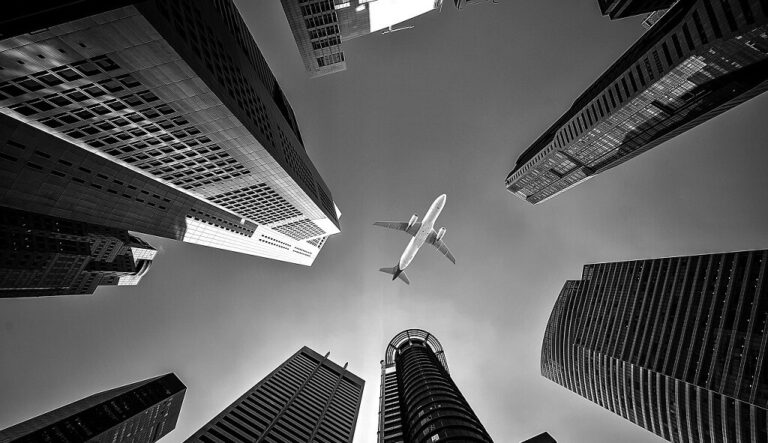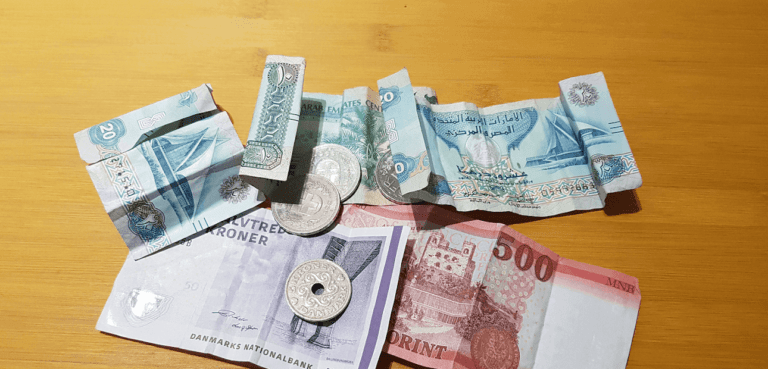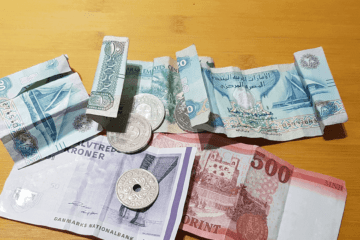How Much Are Aircraft Emissions vs. Trains? The aircraft is known to be the biggest climate killer. Nevertheless, it is difficult to do without it, especially for intercontinental travel. Otherwise, there are long sea routes, which are not always compatible with the holiday entitlement and budget of the traveler.
However, it is much easier to switch to trains on routes within Germany and Europe. The express train network is one of the best in the world, after that of China and Japan. The Eurostar takes you from Paris to London in just 2 hours and 20 minutes. The French TGV express train connects Frankfurt and Paris in less than 4 hours.
In terms of price, too, it is often advisable to bring the train forward. Especially BahnCard owners and travelers who buy tickets in advance have a good chance of finding a desired train connection well below the flight price.
In addition to the economic savings potential, the environment also benefits. DB has been increasing the share of green electricity in energy supply since 2018. The share of green electricity is currently around 60%. By 2030, it should be 100%.
Greenhouse gas emissions compared:
| Distance | Airplane | Train |
| Munich-Hamburg | 184 | 26 |
| Berlin-Munich | 138 | 19 |
| Berlin-Prague | 92 | 13 |
| Frankfurt-Paris | 139 | 20 |
A glance at the greenhouse gas emissions per route shows how much the two modes of transport differ. A flight releases almost 7 times as much climate-damaging emissions compared to a train journey. Everything for a little more time saving. But often this is less than expected. While the travel time for a flight from Munich to Hamburg is only 1:15 hours, at 5:34 hours the train looks hopelessly lost at first glance.
But if you now assume that the start and finish of each city should be the center, the train is suddenly not that bad. Especially if you want to be productive on the go.
The journey from downtown Hamburg to Helmut Schmidt Airport takes at least 30 minutes. It can be more during the rush hour or a more complicated subway connection. A 1 hour should be scheduled for security checks and baggage check-in if necessary. So, that +90 minutes can be added before departure. From the Franz-Josef Strauss airport in Munich it takes about 45 minutes to the city center. Previous baggage pickup adds another 20 minutes to the travel time.
If you assume that the main train station can be reached in both cities in just 15 minutes, the train will take you a total of 6 hours. Passengers have to expect 4 hours from city center to city center. The net profit of the kerosene spinner is reduced to just 2 hours. That is saved time. However, the time in the train, for surfing the Internet or visiting the on-board restaurant can be used.
Railroad country Baden-Württemberg: Off to the vineyards
Baden-Württemberg has a well-developed regional rail network, which allows travelers to travel comfortably and easily throughout the state….
By train to Paris: it couldn’t be easier
Hardly any other metropolis in Europe is as easy to reach by train as Paris. There are numerous…
Station Guide: Hamburg Hauptbahnhof
The historic train station in the heart of the Hanseatic city is one of the most important transport…
Express trains in Europe: EuroCity, Eurostar, TGV and ICE
There is a brisk traffic of express trains between the European metropolises. Depending on the route and the…
Saving CO2: Rail vs. plane
How Much Are Aircraft Emissions vs. Trains? The aircraft is known to be the biggest climate killer. Nevertheless,…
Tips for cheap train tickets in Germany and Europe
The price system at Deutsche Bahn is not always considered to be cheap. Nevertheless, it is easy to…
